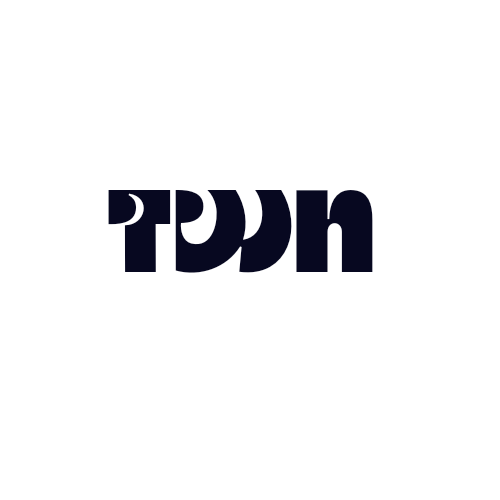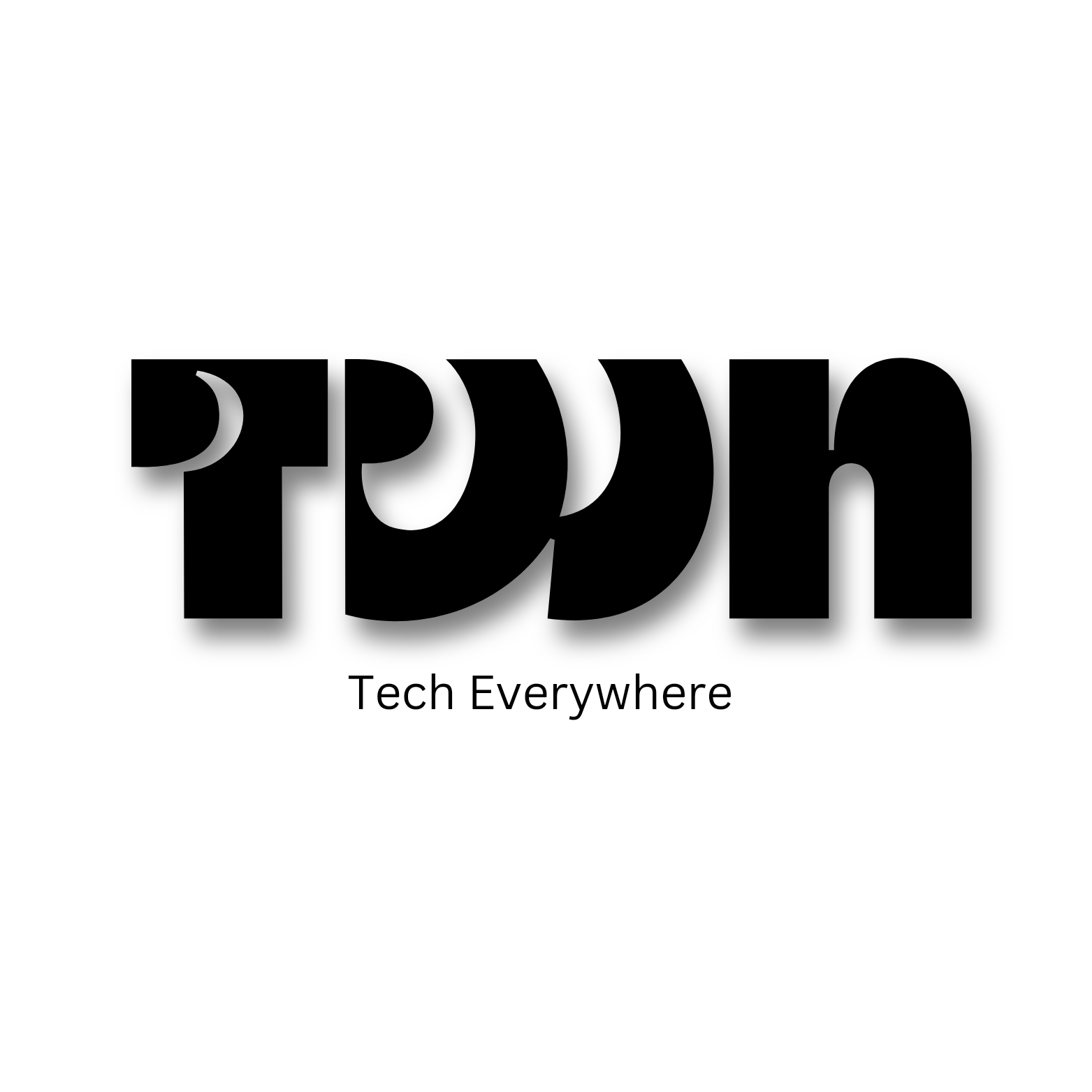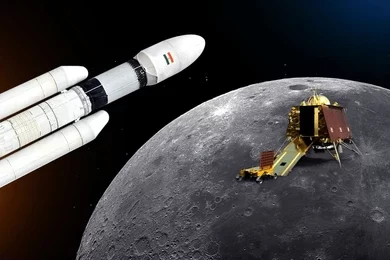Chandrayaan-3 Live Updates: India’s spacecraft to land around 6.04pm on August 23, says ISRO
ISRO in a message on Chandrayaan-3’s soft landing telecast has invited all schools and educational institutions across the nation to actively publicise the event among students and faculty and organise the LIVE streaming of the soft landing on their premises.
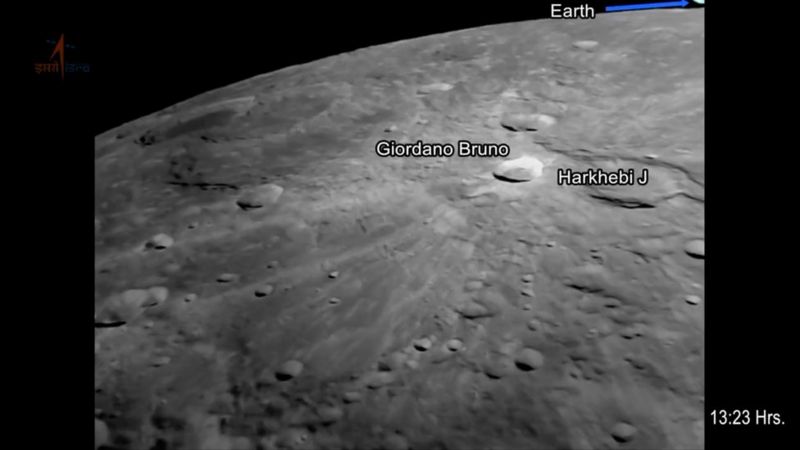
Chandrayaan 3 soft landing will be a monumental moment, says ISRO
“The soft landing of Chandrayaan-3 is a monumental moment that not only fuels curiosity but also sparks a passion for exploration within the minds of our youth.
It generates a profound sense of pride and unity as we collectively celebrate the prowess of Indian science and technology.
It will contribute to fostering an environment of scientific inquiry and innovation,” ISRO said.
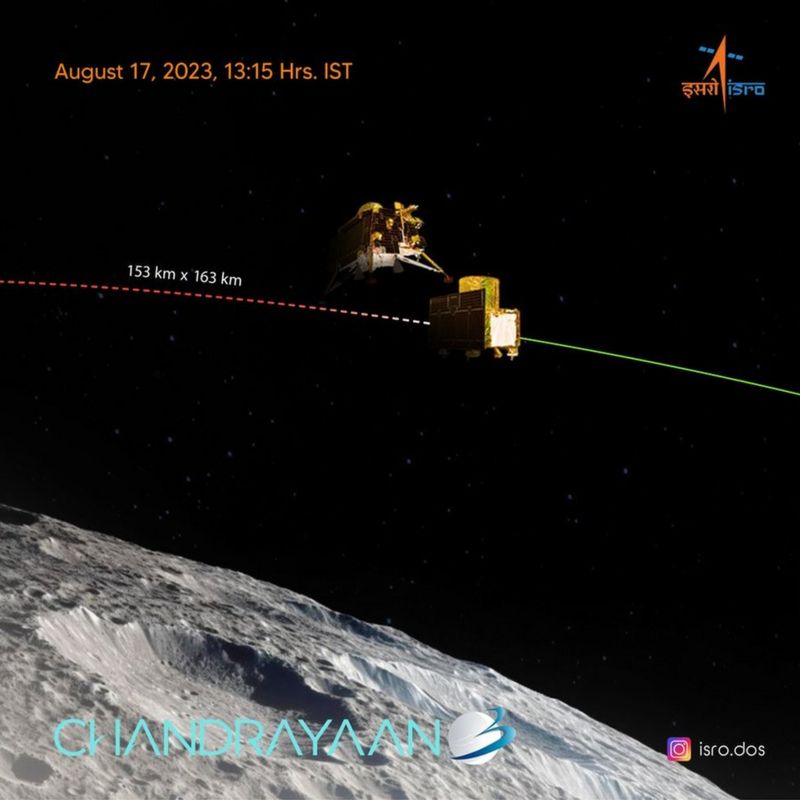
No nation has soft landed on Moon’s south pole region, what is India’s Chandrayaan-3 doing differently this time?
Russia has been racing against India’s Chandrayaan-3, which is scheduled to soft land on the south polar region on August 23 between 5.30pm and 6.30pm.
India’s Chandrayaan-2, which had “partially failed” in 2019, might prove to be a key to Chandrayaan-3’s success if the latter makes a “soft” and successful landing on the Moon’s surface on August 23.
Indian Space Research Organisation (ISRO) Chief S. Somnath said earlier this month that “the knowledge we had on Chandrayaan-2, we have used here (in Chandrayaan-3 mission).
Learning from the past experiences, the space agency has worked around the clock to deal with the complexities of the Moon’s south pole which is said to have remained deprived of the sunlight for years.
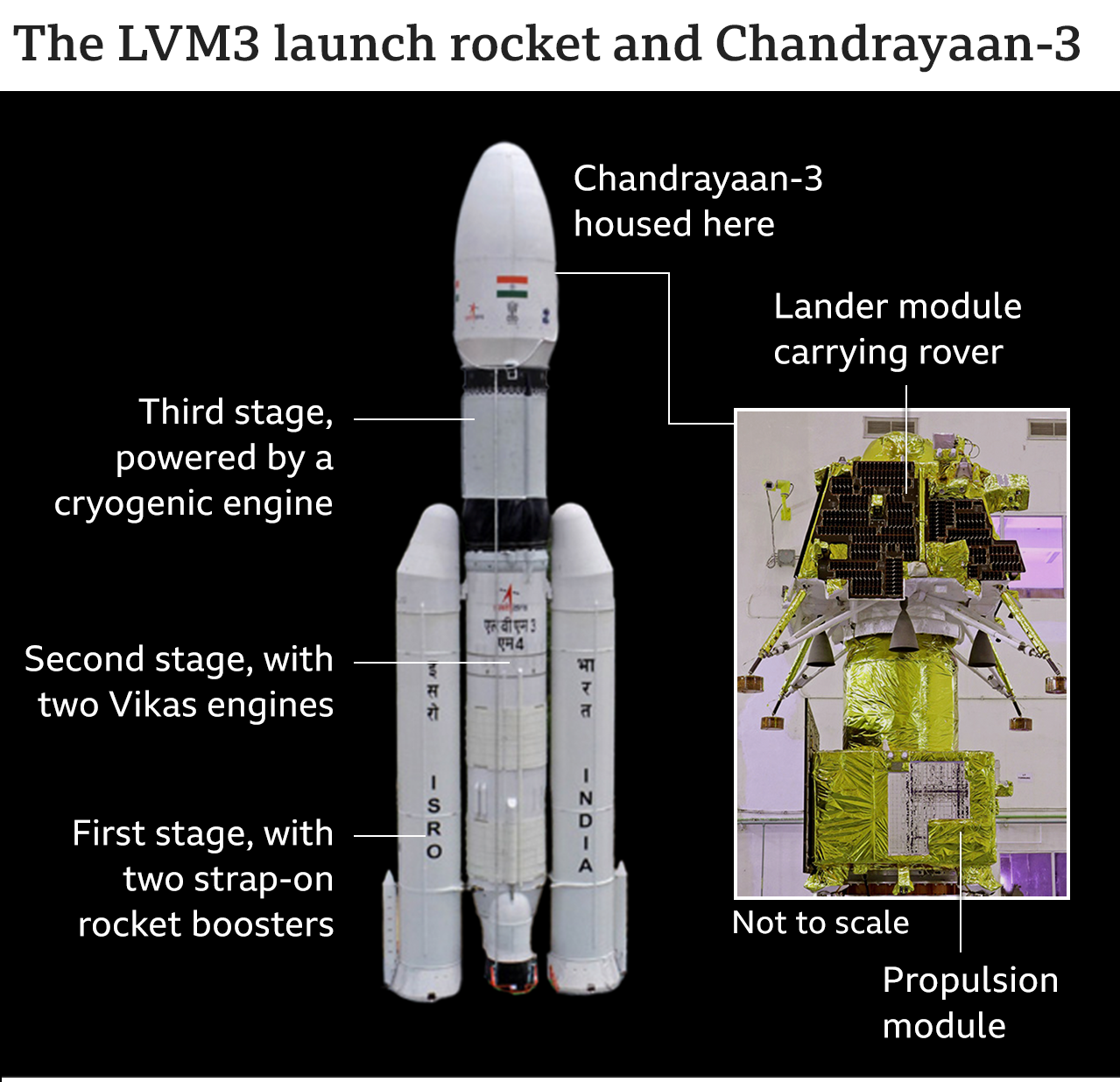
Chandrayaan-3 close to the Moon land
According to ISRO, India’s ambitious third moon mission spacecraft Chandrayaan-3 performed another maneuver on Monday, bringing it even closer to the lunar surface.
According to the national space agency headquartered here, the spacecraft has now reached a “near-circular orbit” around the moon.
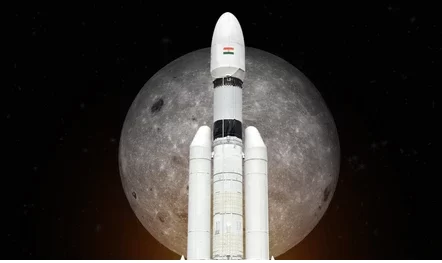
After its debut Chandrayaan-3
After being launched on July 14, Chandrayaan-3 reached lunar orbit on August 5 and then underwent two orbit reduction procedures on August 6 and August 9.
“The circularization phase of the orbit starts.
A near-circular orbit of 150 km x 177 km was attained today thanks to a precise maneuver, the ISRO announced in a tweet.
It stated that the next procedure is scheduled on August 16 at about 8:30 am. ISRO is making a series of adjustments as the mission goes along to progressively decrease Chandrayaan-3’s orbit and place it over the lunar poles.
According to ISRO sources, the spacecraft will undergo one more maneuver on August 16 to reach a 100 kilometer orbit, after which the landing module, which is made up of the lander and rover, will separate.
On August 23, a gentle landing on the south pole of the Moon is anticipated after the lander undergoes a “deboost” (the process of slowing down).
The capacity to move the spacecraft from a horizontal to a vertical orientation is the “trick we have to play” in this situation, according to ISRO Chairman S. Somnath, who stated last week that the process of bringing the lander’s velocity from 30 km height to the final touchdown is the most crucial phase of the landing.
According to him, the first velocity of the landing process is almost 1.68 kilometers per second, however this speed is relative to the moon’s surface.
The Chandrayaan 3 must become vertical because it is almost 90 degrees slanted at this location.
Therefore, mathematically speaking, the entire process of changing from horizontal to vertical is quite intriguing.
We’ve run several simulations. This is where we had a difficulty with Chandrayaan 2 before.
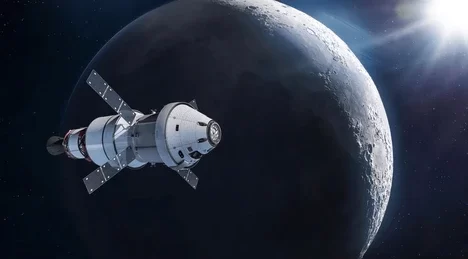
Additionally, it must be assured that less gasoline is consumed, the distance computation is accurate, and all algorithms are functioning effectively.
In order to ensure that the necessary dispersions are managed in each of these phases—and to try to achieve a proper landing—”extensive simulations have been run, the guidance design has changed, and many algorithms have been put in place,” he stated.
Since its launch on July 14 three weeks prior, ISRO has moved the Chandrayaan-3 spacecraft five times, placing it in ever-distancer orbits.
Then, on August 1, the spacecraft was successfully launched from Earth’s orbit toward the Moon in a crucial maneuver known as a slingshot.
The Chandrayaan-3 spacecraft left its orbit around the Earth after its trans-lunar injection and started traveling in a direction that would bring it close to the moon.
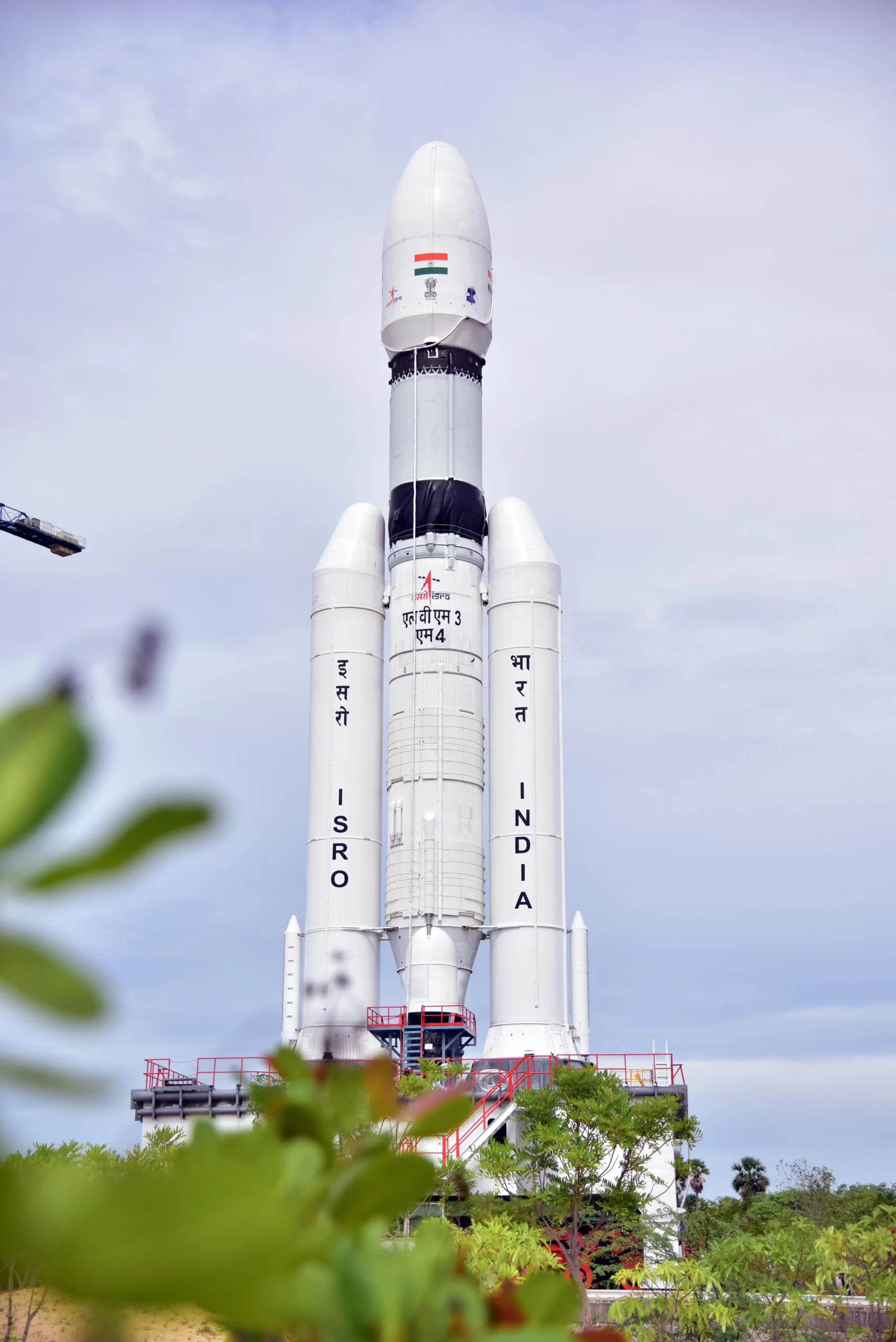
Chandrayaan-3 Mission Insight
Chandrayaan-3 is the follow-up mission to Chandrayaan-2, which demonstrated the full capability of safe landing and orbiting on the lunar surface.
It consists of an indigenous propulsion module, lander module and a rover aimed at developing and demonstrating new technologies required for inter-planetary missions.
The lander and rover combination will be powered by the propulsion module up to a lunar orbit of 100 km.
To examine Earth‘s spectral and polarimetry data from lunar orbit, the propulsion module carries the Spectro-Polarimetry of the Habitable Planet Earth (SHAPE) payload.
The mission of Chandrayaan-3 is aimed at soft and safe landing on the lunar surface, maneuvering of the lunar rover and performing in-situ scientific experiments.
The lander will be able to make a soft landing at a chosen lunar location and install the rover, which will conduct in-motion chemical analysis of the Moon’s surface.
Both the lander and the rover are equipped with scientific packages that will conduct lunar surface research.
